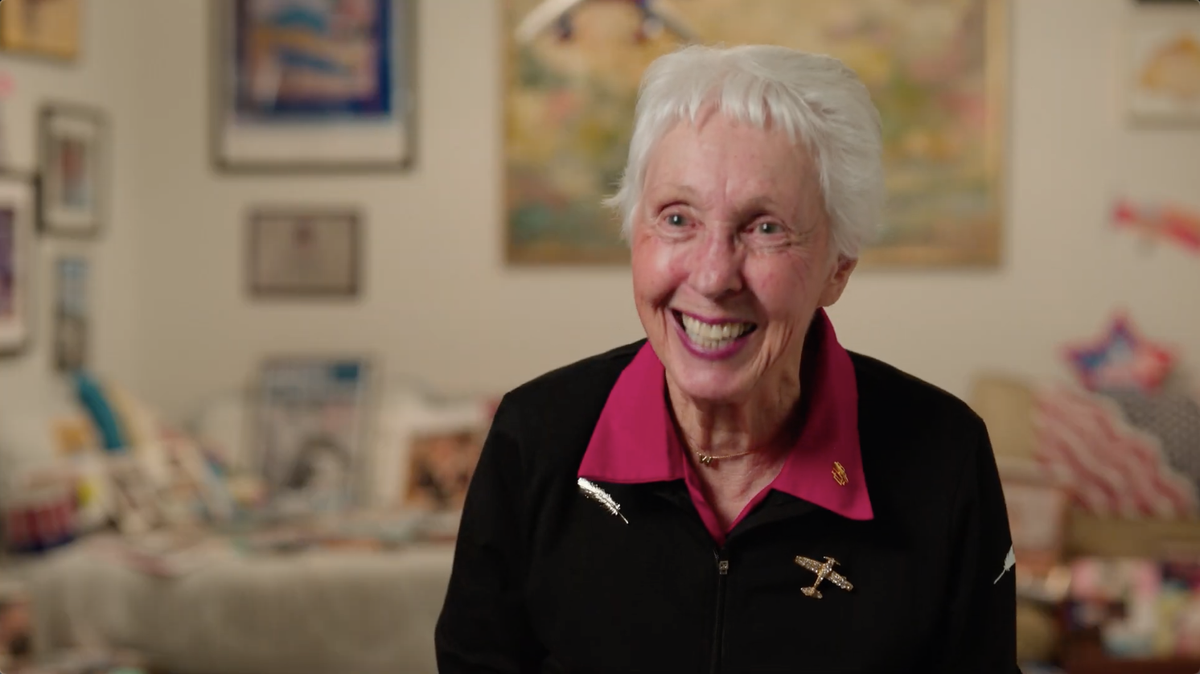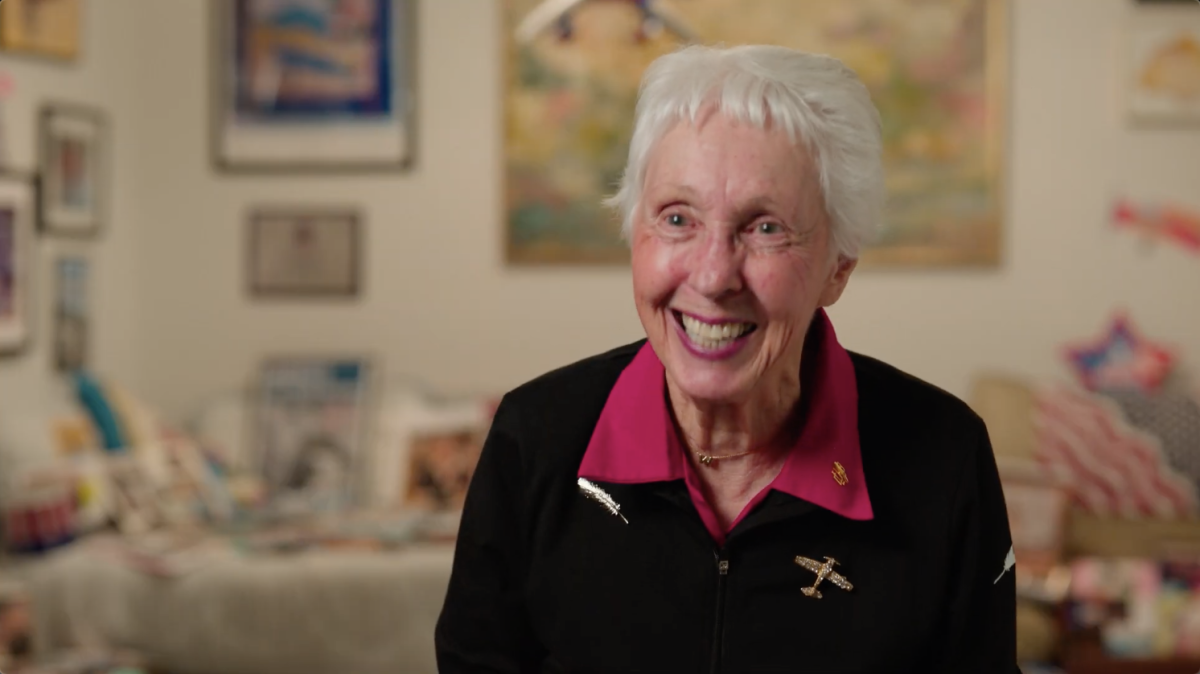
Pioneering aviator Wally Funk is set to beat one of John Glenn’s spaceflight records.
In 1961, at just 21 years old, Funk became one of the famous “Mercury 13” — women who made it through the”Women in Space” program led by NASA astronaut physician Dr. Randy Lovelace.
In the program, which wasn’t affiliated with NASA, a group of women participated in rigorous physical and mental testing in parallel with NASA’s (male) Mercury 7 astronauts, who were training for space. Many of the women excelled, with Funk scoring even better than Glenn, one of the Mercury 7, on some of these tests.
Now, Funk — who went on to lobby the federal government to send women to space and spend decades as an aviator, flight instructor and much more — is on target to beat Glenn’s record for the oldest person to reach space with her flight aboard Blue Origin‘s New Shepard suborbital rocket system, which is set to launch July 20 from the company’s facility in the West Texas desert.
Related: Blue Origin to fly female aviator Wally Funk on 1st crewed launch
Funk is 82. In October 1998, at the age of 77, Glenn became the oldest person to reach space when he launched on the STS-95 mission of NASA’s space shuttle Discovery. (In February 1962, he had set another mark, becoming the first American ever to orbit Earth.)
The July 20 mission will be the first crewed spaceflight of New Shepard, which is named for Mercury 7 astronaut Alan Shepard, who also went on to fly with NASA’s Apollo program and land on the moon as part of Apollo 14.
“They told me that I had done better and completed the work faster than any of the guys,” Funk said about her time with the “Mercury 13” in a video released by Blue Origin on Thursday (July 1), when Funk’s involvement in the mission was announced. “I didn’t think that I would ever get to go up.”
More: Jeff Bezos will join passengers on Blue Origin’s 1st crewed flight
Funk and 12 other of the women “graduated” from the “Women in Space” program, completing all of the assigned tests. The test that Funk particularly excelled at, compared to other participants and the Mercury 7 who were in training, was the sensory deprivation tank test.
For this test, the women were put in a dark, enclosed tank, and Funk lasted a remarkable 10 hours and 35 minutes before staff ended the test. Glenn, on the other hand, lasted three hours in his test, which took place in a dark room, according to a 2009 Wired article. Fellow “Mercury 13” member Rhea Hurrle also lasted over 10 hours in the tank.
If the July 20 New Shepard mission goes as planned, Funk will spend approximately four minutes floating in microgravity before the craft takes the passengers back to Earth. The total flight time will be about 11 minutes.
“I’ll love every second of it,” Funk said in the same video. “I can hardly wait.”
Funk will not be the only passenger aboard this crewed suborbital flight, which can fit a total of six passengers. She will be joined by Blue Origin chief and Amazon founder Jeff Bezos, Bezos’ brother Mark and an additional flyer who was the highest bidder during a three-round auction for the seat.
The auction winner, whose identity has not yet been revealed, paid $28 million for the seat, Blue Origin has said. The money will go to Club for the Future, the company’s science and technology outreach organization.
Blue Origin will not be launching the only crewed suborbital flight this July if everything goes to plan. On Thursday, shortly after Blue Origin announced that Funk will fly on July 20, Virgin Galactic announced that it aims to fly its crewed, suborbital Unity-22 mission as early as July 11. Virgin Galactic’s mission will include four pilots and four mission specialists, including the company’s founder, the billionaire Richard Branson.
Email Chelsea Gohd at cgohd@space.com or follow her on Twitter @chelsea_gohd. Follow us on Twitter @Spacedotcom and on Facebook.



